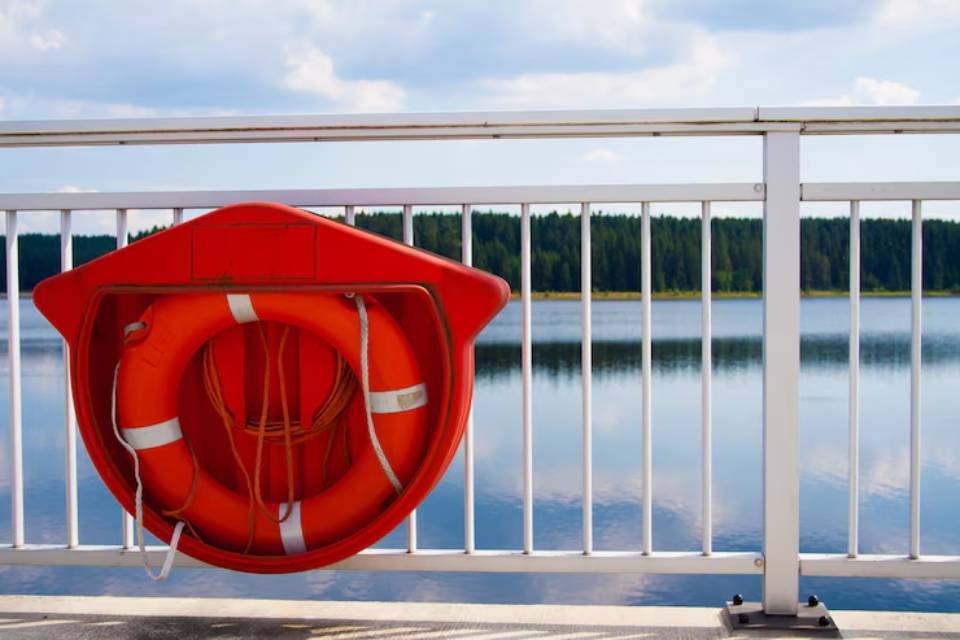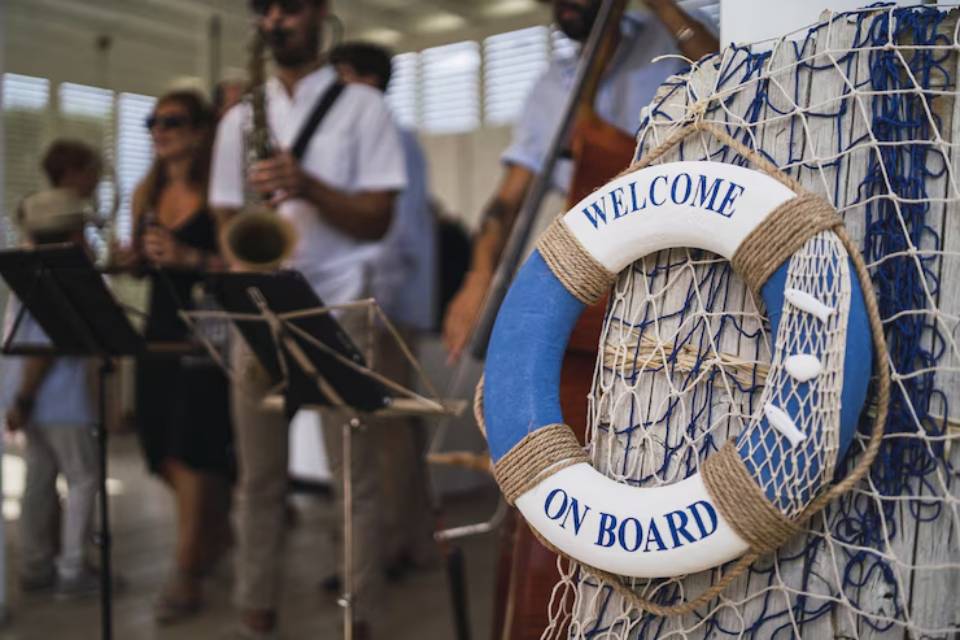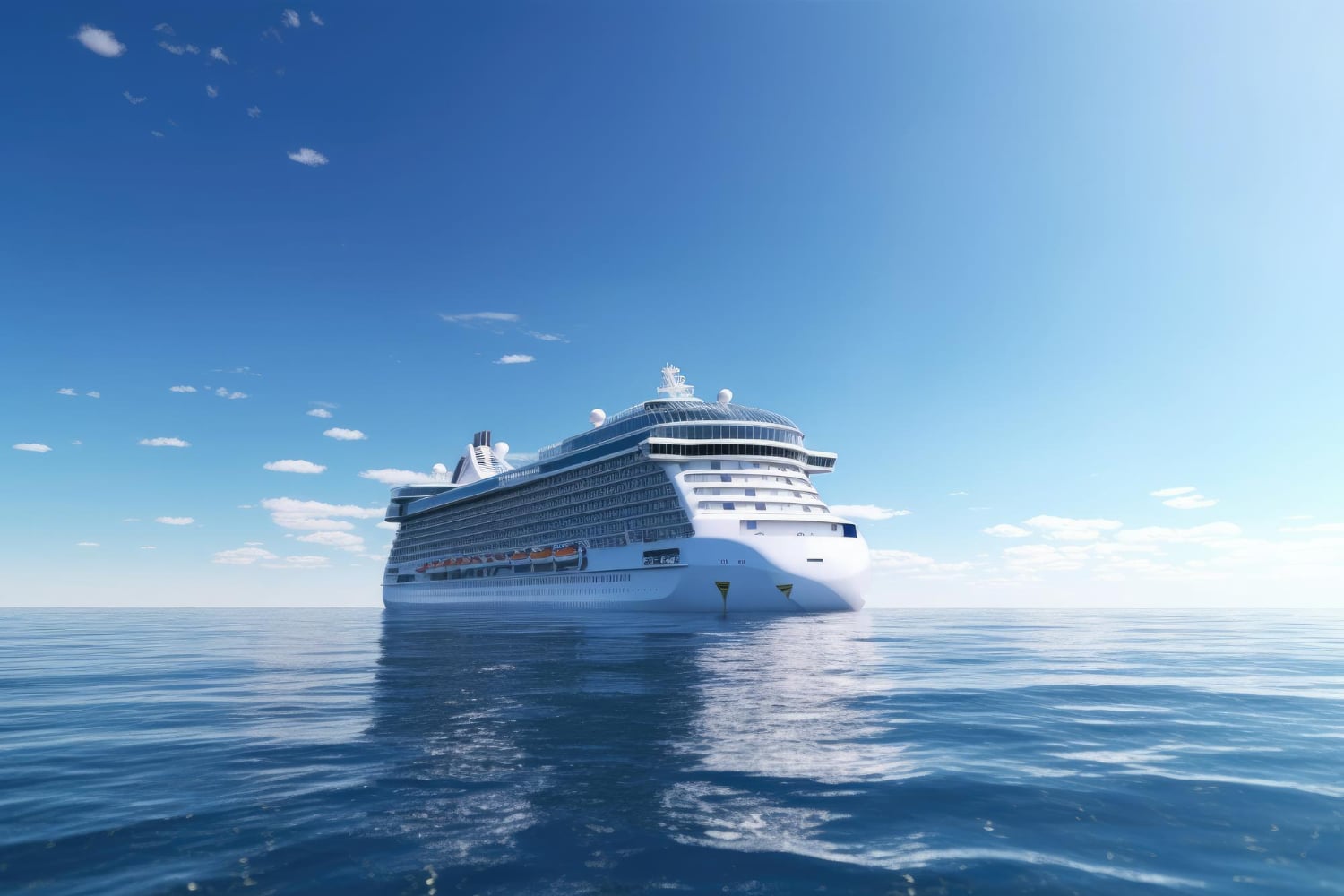
Staying Safe on a Cruise: Health and Security Tips
Cruising is one of the most relaxing ways to explore the world. You wake up to new horizons, enjoy curated comforts, and float from port to port without packing and unpacking. But as with any type of travel, safety is key — both for your health and your belongings.
From norovirus headlines to stories about lost passports or dodgy ports, it’s natural to wonder: how safe is a cruise really? The good news is that cruises are among the safest travel options available when you know how to prepare.
In this guide, we’ll share clear, practical cruise safety tips that empower you to cruise with confidence. Whether it’s your first sailing or your fifteenth, these health and security essentials will help you stay well, alert, and ready to enjoy every wave along the way.
Understanding cruise safety protocols
Built-in ship safety

Modern cruise ships are floating cities with robust safety frameworks. They are governed by international maritime laws and subject to strict inspections.
Key protocols include:
- Mandatory muster drills before departure
- Fire detection and suppression systems
- Security screenings at every port
- 24/7 security teams and onboard CCTV
- Emergency medical facilities
Ships also carry lifeboats and life jackets for every person onboard, and crew undergo routine safety drills throughout each voyage.
Staying healthy onboard

Cruise ships are well-managed when it comes to hygiene, but you’re in close quarters with thousands of other travellers. A few proactive steps can go a long way.
1. Prioritise hand hygiene
Norovirus and colds spread fast. Use hand sanitiser stations before meals and after shore visits — and wash with soap regularly, especially after using public toilets or handling menus and railings.
2. Drink smart
Tap water on ships is safe, but dehydration is common, especially in hot climates. Stay hydrated, and if you’re indulging in cocktails, alternate with water to avoid heat exhaustion or seasickness.
3. Know the ship’s medical resources
All ships have a medical centre with licensed doctors and nurses. Services range from basic care to emergency stabilisation. However, medical visits can be expensive, especially without insurance.
Travel insurance with cruise-specific cover is a smart move, and in the case of illness requiring evacuation, it can make the difference between reassurance and ruin.
If you’re still deciding what’s essential, our breakdown of what’s included in a cruise will help clarify what healthcare and emergency services you may be paying for (or not) in your base fare.
Preventing seasickness and sunburn
Motion sickness
While today’s cruise ships are stabilised, rough seas can still cause nausea for some. Pack over-the-counter remedies (like antihistamines or sea bands) and request a midship, lower-deck cabin for the smoothest ride.
Sun protection
Between open decks, tropical ports, and saltwater reflection, UV exposure is high. Bring reef-safe sunscreen, a wide-brimmed hat, and stay shaded during peak hours (10 a.m. to 2 p.m.).
Onboard security tips
Cruise ships are generally very secure, but just like any resort or city, opportunistic crime can happen.
1. Lock your valuables
Most cabins include safes — use them. Store passports, jewellery, and cash inside when not in use. Avoid flashing valuables, especially in port.
2. Don’t leave items unattended
Sunbed “reserving” with personal items is common, but theft is still possible. Don’t leave phones, bags, or cameras lying around — even near the pool.
3. Be mindful at bars and parties
Cruise nightlife is vibrant, but practice the same precautions you would on land:
- Watch your drink being poured
- Don’t accept open drinks from strangers
- Know your limits
- Always tell someone where you’re going
Ships are social spaces, but personal safety should never take a holiday.
Shore excursion security
Port days are exciting — but ports vary in safety levels. Before disembarking:
- Attend destination briefings if offered
- Avoid isolated areas, especially alone
- Use cruise line-approved excursions when unsure
- Carry minimal cash and avoid flashy clothing or bags
If you’re planning your own port activities, our guide on top tips for booking shore excursions explains how to balance freedom with security when exploring independently.
Digital safety onboard
1. Use secure Wi-Fi connections

Public networks, including ship Wi-Fi, can be vulnerable. Avoid accessing sensitive accounts (like banking) without a VPN. Use cruise line apps for onboard bookings — not third-party apps with unverified access.
2. Monitor your accounts
Track charges on your cruise account daily using the ship’s app or stateroom TV. If something looks off, report it to guest services promptly.
Travel insurance: your behind-the-scenes security net
Cruise-specific travel insurance may cover:
- Medical visits and evacuation
- Missed embarkation due to delayed flights
- Lost luggage or theft
- Port changes or cancellations
It’s an extra layer of peace of mind, particularly for families, seniors, or those with health conditions.
Read the policy carefully. Some insurers exclude cruises unless declared specifically.
Keeping kids and older travellers safe
Cruises are great for multigenerational travel — but each age group has its own safety considerations.
For kids:
- Enrol them in kids’ clubs with security check-in/check-out
- Set boundaries for ship roaming (e.g., “only inside decks”)
- Avoid balcony rooms for young children unless closely supervised
For older guests:
- Request cabins close to lifts
- Consider walker- or wheelchair-accessible rooms
- Keep emergency contact info and medications easily available
Modern ships cater well to all ages, but planning ahead ensures smoother sailing for everyone.
What to do in an emergency onboard
If something serious happens:
- Dial the ship’s emergency number (usually posted by the phone in your cabin)
- Contact guest services for non-life-threatening issues
- Visit the medical centre immediately if sick or injured
- Use your muster station for evacuation procedures (review this at muster drill)
Staff are highly trained for emergencies. Don’t panic — know your lifeboat station, and follow crew instructions calmly.
Conclusion: Safety empowers your sense of freedom
Cruise holidays are designed for joy — not worry. And with a little forethought, you can board your ship knowing that you’ve done your part to protect your health and your belongings.
These cruise safety tips aren’t meant to cause concern — they’re here to help you stay present, confident, and resilient at sea. Because when you’re prepared, every sunrise feels a little brighter, and every destination just that bit more adventurous.
So pack smart, stay alert, and let safety serve as the foundation for your most carefree cruise yet.


